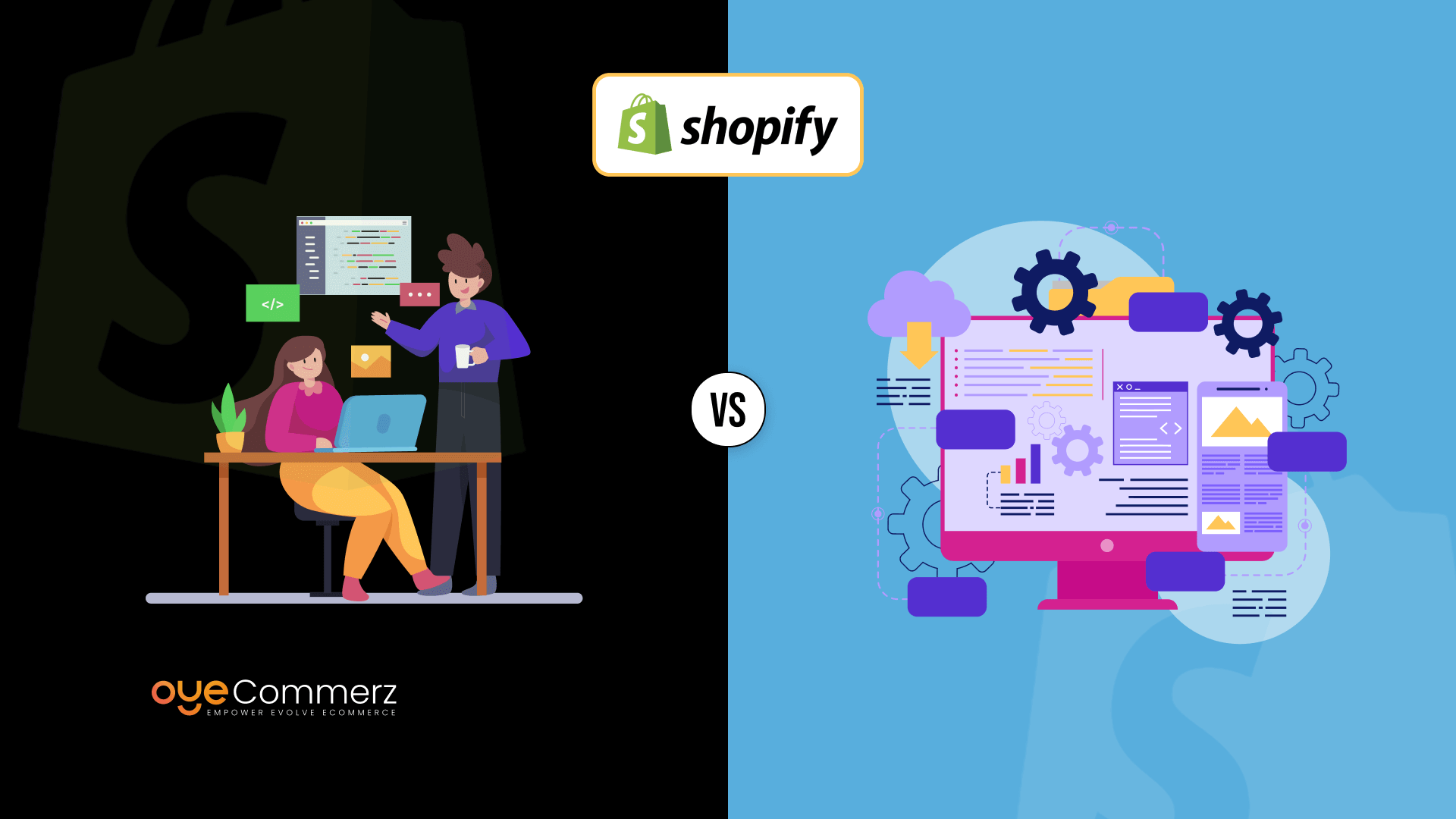
Overview
In the current intense e-commerce environment, Shopify merchants are constantly seeking methods to boost profits and improve their workflow. An impactful method is through personalized Shopify apps tailored to fulfill individual operational goals. Syncing with the Shopify API and using platforms like the Polaris design system, these solutions enable companies to grow sustainably while boosting user interaction. In this article, we’ll explore key aspects of Shopify app development, from design factors and core functionalities to best practices for maintaining and growing apps successfully.
1. Understanding Shopify API Integration
A comprehensive knowledge of Shopify’s Application Programming Interface—including REST and GraphQL—is key for developing reliable Shopify apps. With these APIs, engineers can fetch, modify, and handle details within a Shopify site. The GraphQL API offers fast data management, enabling faster outputs by retrieving only the necessary elements. Connecting the API enables developers to adapt app features to the company’s specific demands, offering a smooth user experience that boosts store efficiency and income.
2. Employing the Shopify’s Polaris framework
Shopify’s Polaris framework helps app creators to create a unified and intuitive interaction across Shopify apps. Polaris provides a range of components and recommended practices that fit with Shopify’s design language, creating apps feel cohesive within the Shopify platform. This strategy doesn’t just supports smooth user interactions but also contributes to maintain brand consistency, an important aspect in building credibility with users.
3. Developing within the Shopify Marketplace
The Shopify app ecosystem is broad, allowing app creators to create integrated Shopify applications that operate inside a store's admin panel. Internal apps streamline the customer journey by incorporating directly within Shopify’s platform, reducing the need for distinct sign-ins or further browsing. For developers, employing Node.js for behind-the-scenes operations and the React framework for the UI has become a preferred option, as these frameworks enable growth-ready, responsive apps that offer an top-notch user experience.
4. Key Components for Shopify Applications
A successful Shopify app requires functionalities that address key challenges in the digital sales process. Real-time alerts for real-time notifications, personalized layout style settings, and cross-channel commerce capabilities are essential aspects that can boost business oversight and customer engagement. By implementing these components, Shopify applications don’t just simplify internal operations but also improve the end-user satisfaction.
5. Key Strategies for Creating Shopify Apps
When creating Shopify applications, it’s crucial to adhere to industry best practices. Support plans such as frequent patches, client scaling Shopify apps help, and protection protocols are critical for building user trust. Digital marketing for Shopify apps can also be leveraged to increase app visibility and adoption. Customer engagement tactics, including app alerts and reward systems, are essential for retaining users and building a dedicated customer base.
6. Growing Shopify Applications for Success
As Shopify businesses scale, growing app performance becomes vital to manage higher user loads and performance requirements. Leveraging on-demand resources and emphasizing data management through GraphQL can help apps expand without slowdowns. It’s just as crucial to have a strategy for scaling the app’s backend systems to handle expansion, including a checklist for finding a app builder with expertise in Shopify apps.
7. Examining the Investment of Building Shopify Applications
Building tailored Shopify apps can differ widely in investment depending on the functions, integrations, and customization required. Fundamental functions like data connections, user interaction elements, and digital marketing capabilities can add to the investment. However, the revenue benefits is often worthwhile, as these applications can directly boost revenue and streamline workflow.
8. Upkeep Approaches
Maintaining an app is as important as developing it. Ongoing improvements to fix issues, enhance protection, and ensure compatibility with the current Shopify framework are essential. Planned support measures also involve customer support and additional improvements that keep up with changing online shopping trends.
9. Platforms for Creating Shopify Apps
Shopify provides multiple options to streamline the development process, from coding environments like JavaScript runtime and React to automated notifications for instant alerts. Platforms including Shopify’s CLI streamline the app creation path, while Shopify App Bridge enables embedded apps to interact seamlessly with Shopify’s management dashboard. Such tools are key for custom Shopify apps building applications that are both functional and user-friendly.
10. Future Trends in Shopify Application Building
The future of Shopify application building is bright, with trends pointing towards artificial intelligence capabilities, enhanced omnichannel capabilities, and new application add-ons. As online shopping progresses, developers will need to stay ahead these trends to develop solutions that don’t just satisfy but surpass user expectations.
Final Thoughts
Personalized Shopify software provide a powerful way for digital retailers to expand with ease, boost sales, and enhance workflows. From connecting with data interfaces and the design standards to advanced features and maintenance strategies, all factors of Shopify app development plays a key role in providing a smooth interaction for shoppers. As Shopify keeps evolving, staying ahead of emerging directions in application creation will allow developers make the most of Shopify’s extensive platform, reinforcing their position in the e-commerce market.